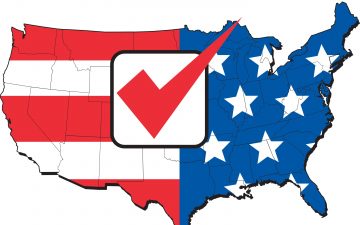
New Health Changes: The Mental Health Parity and Addiction Equity Act (MHPAEA)
The Paul Wellstone and Pete Domenici Mental Health Parity and Addiction Equity Act of 2008 (MHPAEA) is a federal law that generally prevents group health plans and health insurance issuers that provide mental health or substance use disorder (MH/SUD) benefits from imposing less favorable benefit limitations on those benefits than on medical/surgical benefits.
MHPAEA originally applied to group health plans and group health insurance coverage and was amended by the Patient Protection and Affordable Care Act, as amended by the Health Care and Education Reconciliation Act of 2010 (collectively referred to as the “Affordable Care Act”) to also apply to individual health insurance coverage. HHS has jurisdiction over public sector group health plans (referred to as “non-Federal governmental plans”), while the Departments of Labor and the Treasury have jurisdiction over private group health plans.
Employment-related group health plans may be either “insured” (purchasing insurance from an issuer in the group market) or “self-funded.” The insurance that is purchased, whether by an insured group health plan or in the individual market, is regulated by the State’s insurance department. Group health plans that pay for coverage directly, without purchasing health insurance from an issuer, are called self-funded group health plans. Private employment-based group health plans are regulated by the Department of Labor. Non-Federal governmental plans are regulated by HHS. Contact your employer’s plan administrator to find out if your group coverage is insured or self-funded and to determine what entity or entities regulate your benefits.
MHPAEA does not apply directly to small group health plans, although its requirements are applied indirectly in connection with the Affordable Care Act’s essential health benefit (EHB) requirements as noted below. The Protecting Affordable Coverage for Employees Act amended the definition of small employer in section 1304(b) of the Affordable Care Act and section 2791(e) of the Public Health Service Act to mean generally an employer with 1-50 employees, with the option for states to expand the definition of small employer to 1-100 employees. The Employee Retirement and Income Security Act and the Internal Revenue Code also define a small employer as one that has 50 or fewer employees. (Some states may have mental health parity requirements that are stricter than federal requirements. To view State specific information visit www.ncsl.org, and on the right hand side of the page enter “mental health parity” then select “State Laws Mandating or Regulating Mental Health Benefits”.)
Click here for key changes made by MHPAEA and exceptions.
Article by CMS.gov



